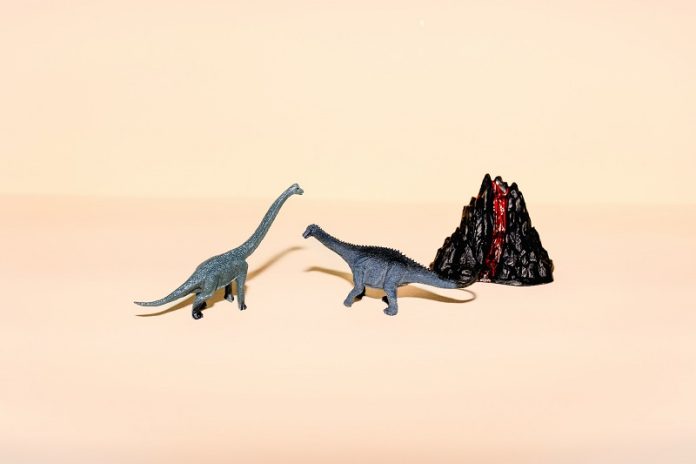
Paleontologists have uncovered a new ancient mammal fossil in Colorado, adding to our understanding of life during the Age of Dinosaurs.
The fossil, found near the small town of Rangely, is believed to be about 70 to 75 million years old.
This discovery was led by Jaelyn Eberle from the University of Colorado Boulder and her team, who published their findings on October 23 in PLOS ONE.
The team named the new species Heleocola piceanus, which translates to “swamp dweller” in Latin.
The fossil was identified from a small piece of jawbone with three molar teeth.
During the Late Cretaceous period, when this mammal lived, a vast inland sea covered parts of the American West. Colorado’s landscape was a mix of land and water, creating a rich environment for many species.
“Mammals from this period are rare in Colorado, so it’s exciting to see this time period represented in our state,” said Eberle, who is a professor and curator at the CU Museum of Natural History.
While Heleocola piceanus might seem small compared to giant dinosaurs like Tyrannosaurus rex or Triceratops, it was quite large for a mammal of that time.
Eberle estimates that this ancient mammal was about the size of a muskrat, weighing over two pounds, which is much larger than most mammals from the Late Cretaceous, which were typically mouse-sized.
The discovery took place near Rangely, in a region that may have resembled the modern-day swamps of Louisiana.
Co-author ReBecca Hunt-Foster, a paleontologist at Dinosaur National Monument, described the area 70 million years ago as a place where land met water, hosting creatures like turtles, duck-billed dinosaurs, and even giant crocodiles.
“We also find evidence of water-loving animals like sharks, rays, and guitarfish,” Hunt-Foster noted.
John Foster, a co-author of the study, remembers finding the jawbone fragment in a piece of sandstone collected in 2016. “I was shocked at how big it was for that time,” said Foster, a scientist at the Utah Field House of Natural History.
Eberle explained that most mammals living during the dinosaurs’ reign were tiny, leaving behind only small teeth as fossils. But H. piceanus stood out due to its relatively large size, indicating it might have eaten plants with some insects or small animals.
Although dinosaurs often steal the spotlight, discoveries like this show that ancient mammals were also significant in these prehistoric ecosystems. “They’re not all tiny,” Eberle emphasized. “We’re finding a few larger mammals from the Late Cretaceous than we expected.”
Hunt-Foster reminded visitors to public lands in the Mountain West to avoid collecting fossils on their own, as this can disturb important scientific evidence. Instead, people should report any fossil finds to a museum or local agency. “We’re lucky to have scientists from around the world coming here to study our fossils,” she said.
This discovery gives a glimpse into a Colorado that was once teeming with life, and it highlights the importance of protecting and studying these ancient treasures.
Source: University of Colorado at Boulder.



